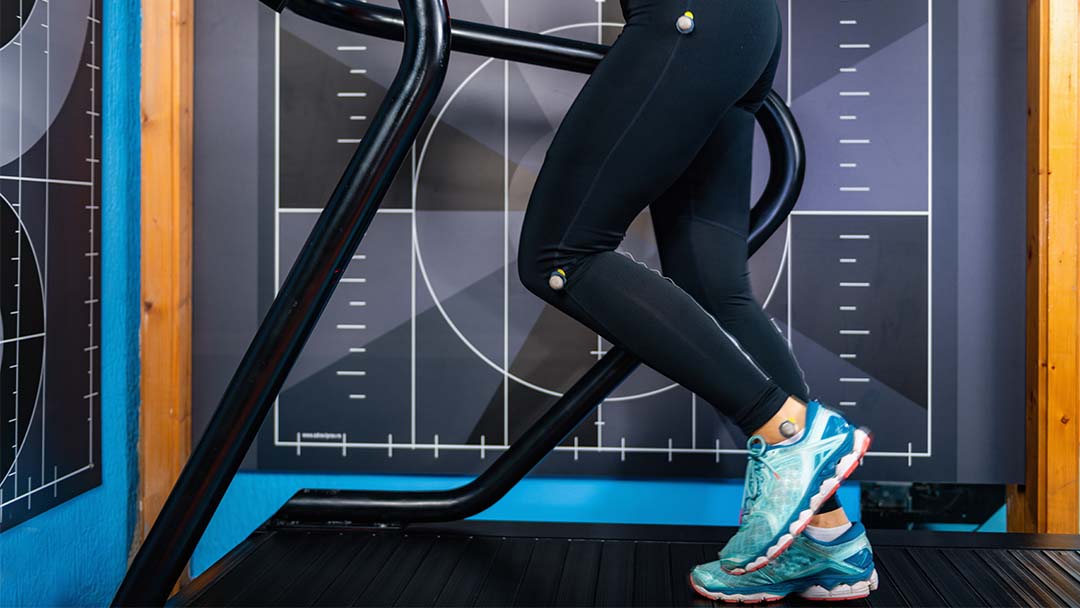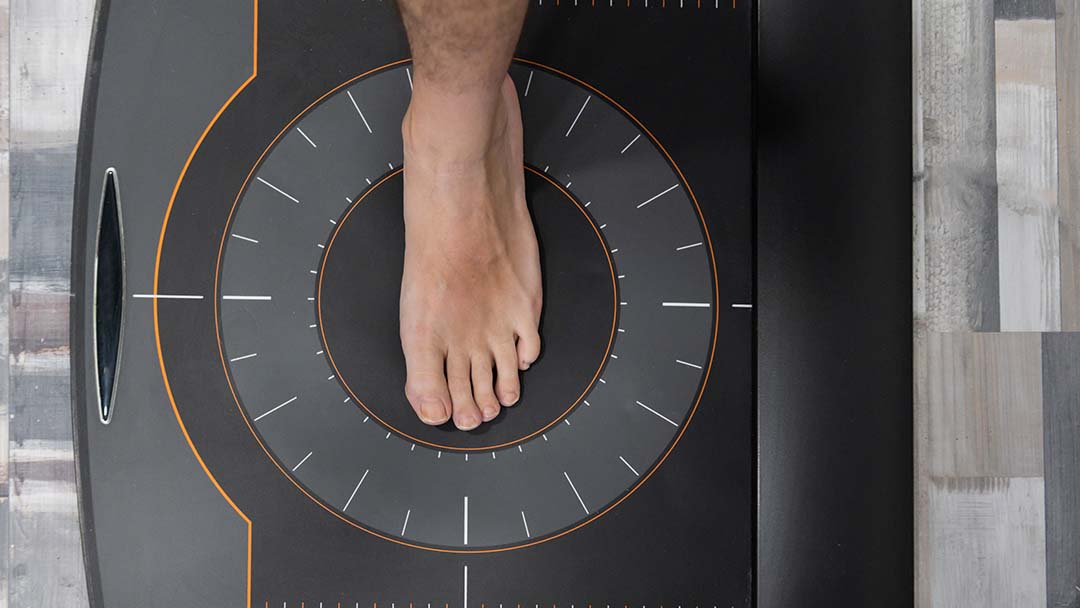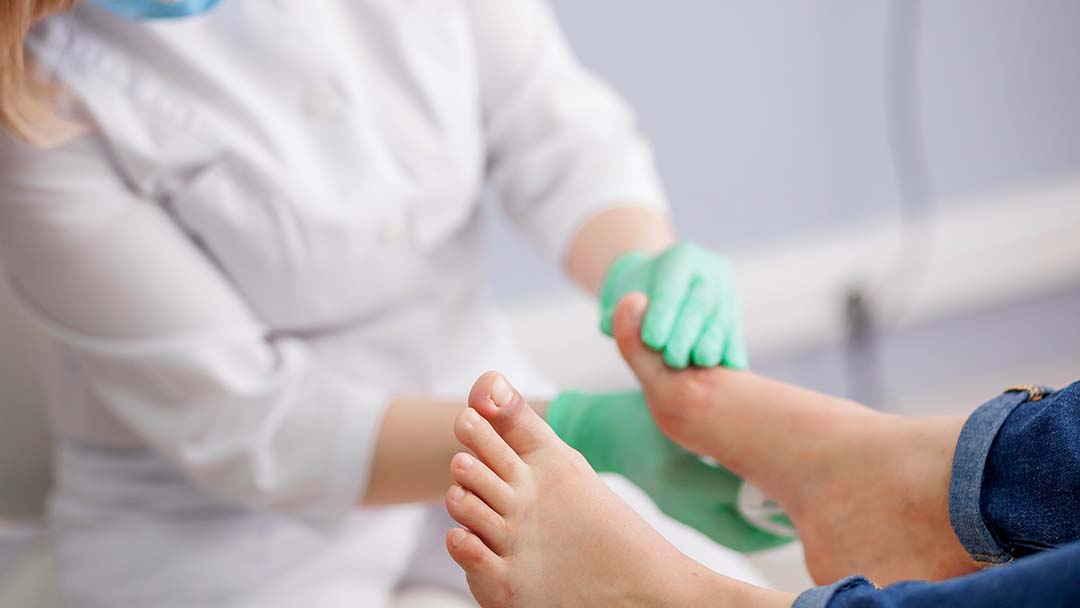The average person takes between 5,000 to 18,000 steps per day and the majority of people are inefficient in some way in their gait pattern (walking/running) from an engineering point of view. A minor structural defect in the mechanics of the body can become problematic with age or related to increased activity levels. In some cases symptoms will appear earlier in life.
If you have a low-arched (pronated) or high arched (supinated) foot then you may be more predisposed to problems. Muscle inflexibility and weakness, footwear and activity levels can all affect function. Children may complain of knee or leg pain, and may develop bunions, due to flat feet. Pain or any foot or toe deviation would be indicative of a possible biomechanical problem, and would be worthy of investigation.
Your foot is in contact with the ground for about 0.8 of a second when walking and about 0.25 seconds when running. This is too difficult for even the most experienced practitioner to see with the naked eye. Therefore, using our slow motion video cameras we can record your walking pattern and slow the images down to review in detail how your body functions. Along side this we use a computerised pressure plate to scan your foot at 300hz using 4096 pressure sensors. This generates quantifiable static and dynamic measurements providing your bomechanics specialist with comprehensive data regarding the pressure distribution of your feet. This has proved especially beneficial to those playing sport and also to those who spend a lot of time on their feet. Existing clients include both amateur and professional sportsmen and women from a wide variety of different sports.
“Biomechanical dysfunction & asymmetry within our body’s locomotor system can cause many different types of over use injuries in sports men and women, and in fact most people what ever your level of activity. The body tries to compensate for this dysfunction in order to keep us upright and mobile on modern hard surfaces like concrete. Most compensation mechanisms include excessive pronation of the feet (rolling in) and postural adaptation throughout the body, including the back. These compensation mechanisms can only help us so far until functional orthotics (shoe insoles) do the rest and help support us for the biggest majority of our lives. Orthotic use within the shoes is massively growing in the UK as the news of their benefits spread far and wide”. Quote Clifton Bradeley.
Useful websites
For walking boots from the last boot maker in the UK go to www.altberg.co.uk
Runners world magazine and fourm www.runnersworld.co.uk
Running fitness magazine www.runningfitnessmag.co.uk
Runners forum www.runnersforum.co.uk



